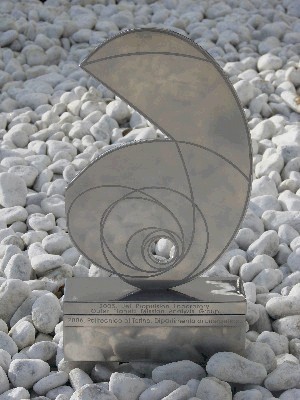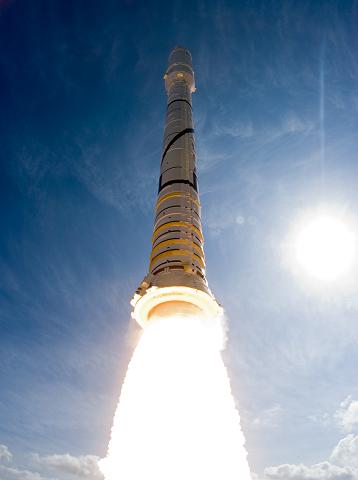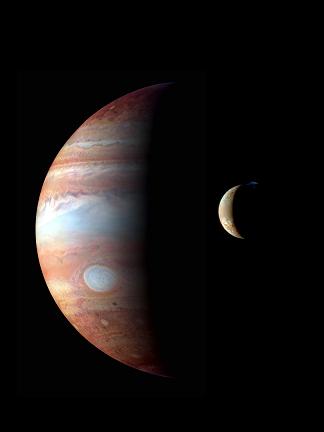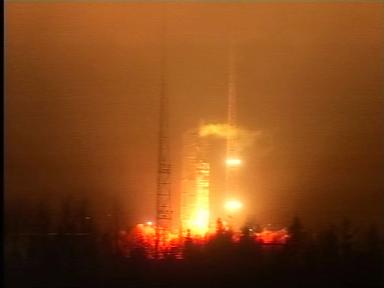 |
| Credits: CNES |
Back in January 2009, I announced the 4th Global Trajectory Optimization Competition organized by CNES (Centre National d’Etudes Spatiales).
The purpose of the competition is to stimulate research of techniques for finding the optimal trajectory for different space missions. I came across the GTOC4 competition results and I would like to share them.
A total of 47 teams registered for the competition! The competition problem was disclosed on March 2, 2009, while March 30, 2009, was the deadline for submitting the solutions. In June the presenters were selected and in September 2009 the teams presented their methods and solutions during a one-day workshop held in Toulouse, France.
The problem proposed to the teams this year was called How to maximize the relevance of a rendezvous mission to a given NEA by visiting the largest set of intermediate asteroids.
The formulation of the problem proposed by CNES was
“… let us assume that a spacecraft is launched from the Earth. This spacecraft has to visit (flyby) a maximum number of asteroids (from a given list of NEAs). Finally, it must rendezvous with a last asteroid of that same list within ten years from departure.
The performance index to be maximized is the number of visited asteroids, but when two solutions are associated with the same number of visited NEAs, a secondary performance index has to be maximized: the final mass of the spacecraft.
Moreover, we assume that the spacecraft is equipped with an electric propulsion system and that gravity assists are not allowed during the mission.”
The CNES team mentioned that the proposed problem aimed at fulfilling some important criteria: “the design space is large and leads to an important number of local optima, the problem is complex but in any case it can be solved within the 4-week period allowed for the competition, its formulation is simple enough so that it can be solved by researchers not experienced in astrodynamics, and even if some registered teams have already developed their own optimization tools for interplanetary missions, the problem specificities make it new to all the teams.”
The winner of the GTOC4 competition is Moscow State University, followed closely by The Aerospace Corporation and the Advanced Concepts Team, ESA.













 Subscribe to blog posts using RSS
Subscribe to blog posts using RSS










